In June 2017, IPIS launched its e-learning digital education package to support the early ratification and effective implementation of the Arms Trade Treaty.
The Arms Trade Treaty (ATT) was adopted by the UNGA on 2 April 2013 and entered into force on 24 December 2014. There are currently 92 States Parties and 130 Signatories. Implementation of the Treaty is the responsibility of States Parties, while Signatory States have a duty to refrain from any act that would undermine the object and purpose of the Treaty.
To support this process, the ATT Conference of States Parties (CSP) meets regularly to discuss implementation issues. Signatory States as well as observer States, international organisations, industry and civil society organisations can attend the CSPs. Intersessional meetings and working groups are also convened between CSPs. A Voluntary Trust Fund and an ATT Secretariat have been established to aid implementation. The CSP will meet again for the third time in September 2017. Further information on the ATT process can be found by visiting website of the ATT Secretariat.
The objective of this e-learning course is to enhance knowledge of arms transfer control issues amongst key stakeholders. The course is an integral part of IPIS’ research program ‘Arms Trade and Security’ and of the Capacity Building program. The course contains 13 modules covering the key provisions of the Arms Trade Treaty. It is recommended to complete the modules in their numerical order. Nonetheless, users can also choose to complete them individually.
This project has been funded by the United Nations Trust Facility Supporting Cooperation on Arms Regulation (UNSCAR) and IPIS.
IPIS would like to thank the officials who participated in feedback workshops in Belgium, Costa Rica, Samoa, Senegal and Zambia for their valuable comments.
Feedback is highly welcome and can be sent via e-mail.
Click on the links below to access the e-learning modules in your preferred language.
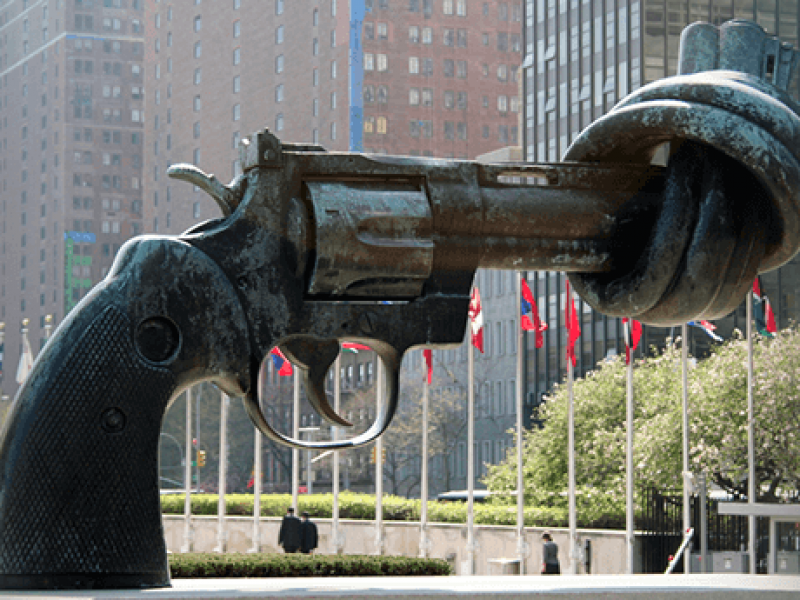
This self-learning course consists of thirteen Modules forming an introduction to the key elements of the Arms Trade Treaty. The aim of the Modules is to enable officials and others who work with them on arms control to learn about the Treaty and how to help implement its key provisions.
The course is designed for individual self-learning on a personal computer, laptop computer or tablet. It has been produced by IPIS, with support from the United Nations Trust Facility Supporting Cooperation on Arms Regulation (UNSCAR).
To enter the module, click here

This module deals with scope of the material or physical items whose transfer must be controlled under the Arms Trade Treaty. The main question addressed here is: which types of conventional arms and related items must be and can be covered by the Treaty?
In the first part of this module, you will learn about the types of conventional arms which all State Parties to the Treaty must apply. These obligations are set out in Article 2(1) of the Treaty.
The second part of this module is about the items closely related to those conventional arms that must be covered by the Treaty, namely ammunition/munitions, and parts and components, for the assembly and use of the conventional arms. These obligations are set out in Articles 3 and 4 of the Treaty.
The third part of this module considers the implications of an important provision in Article 5(3) of the Treaty whereby States Parties are encouraged to adopt ‘the broadest range of conventional arms’ in their national control lists beyond the minimum categories required.
To access this module click here.
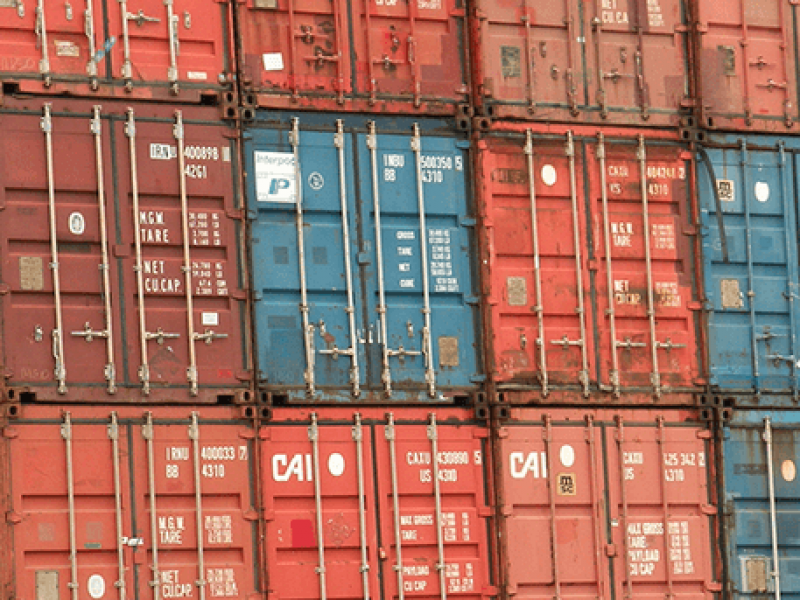
This module introduces another aspect of the scope of the Arms Trade Treaty, namely the “activities of the international trade”. Five different types of trade activity are listed in Article 2(2). Each is a type of “transfer” that must be regulated or prohibited under various provisions of the Treaty.
The module explains Article 2(3) whereby a specific ‘international movement’ of arms would not constitute a ‘transfer’ when those arms remain within the ownership and use of a single State Party.
Learning more about the control of each of these activities is the subject of other modules in this series, specifically the modules on export, import, brokering, and transit and trans-shipment.
To access this module click here.

This module explains two particular obligations contained in the Arms Trade Treaty, namely those set out in Article 6(1) and 6(2). These provisions require a State Party to prohibit in its jurisdiction the authorisation of a specific transfer of conventional arms or related materiel that would otherwise be a violation of that State’s existing obligations under international agreements to which it is a party.
The module relates closely to another module in this series entitled Prohibited Transfers – Preventing International Crimes that addresses Article 6(3) of the Treaty.
To access this module click here.

This is a self-learning module on other core elements of the Arms Trade Treaty. These are the obligations contained in Article 6(3) applicable to all States Parties.
In order to prevent a State Party aiding the commission of international crimes, this provision in Article 6 sets out a number of defined circumstances in which a State Party must prohibit in its jurisdiction the authorisation of a specific transfer to another State of conventional arms or related ammunition/munitions or parts and components capable of assembly into a conventional weapon.
This module relates closely to another module on Article 6 in this series entitled Prohibited Transfers – Implementing Existing Treaty Obligations that addresses Articles 6(1) and 6(2) of the Treaty.
To access this module click here.
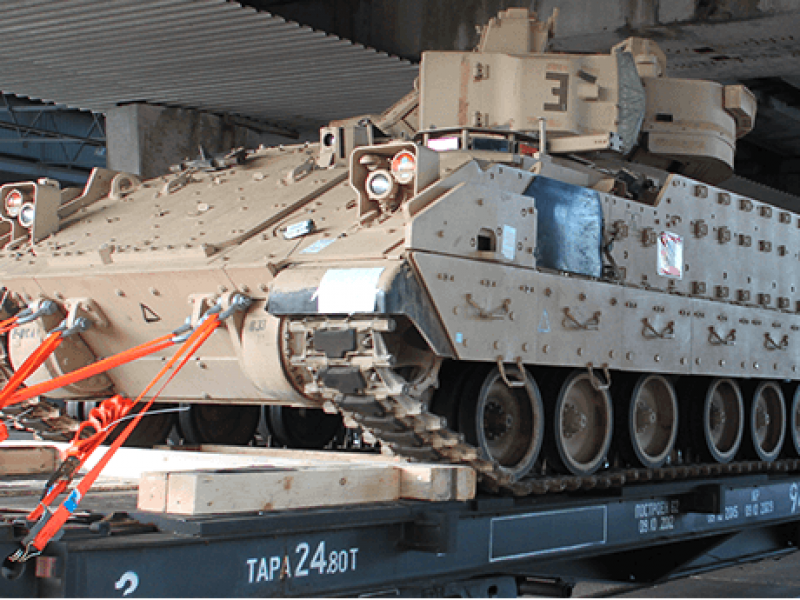
This module explains the criteria set out in Article 7(1) and 7(4) of the Arms Trade Treaty for a State Party to assess the risks of an export of conventional arms and/or related items if it were to be authorised. Another module on Article 7 outlines the elements of export systems and the specific procedures under the Treaty for deciding if an export must not be authorised because it poses an ‘overriding risk’ of ‘negative consequences’.
If the export is not prohibited, an effective risk assessment must be done.
To access this module click here.

This module examines the concepts and procedures set out in Article 7 for a State Party to authorise an export. The main elements of the national export control system that each State Party is required to establish and maintain are described in the Module National Control Systems, Enforcement and International Cooperation.
Article 7 and related provisions of the Arms Trade Treaty require each State Party to regulate exports according to a set of rules and procedures. This is considered a core obligation of the Treaty that is fundamental to fulfilling the object and purpose of the Treaty. The module explains the risk analysis methodology and conceptual tools centred on the threshold of “overriding risk” that must be deployed by an exporting State Party when undertaking a national assessment in order to decide whether or not to authorize an export. To approve or refuse export authorisations consistently under Article 7, the national control authority will need to answer technical and legal questions, and sometimes these may be complex.
To access this module click here.
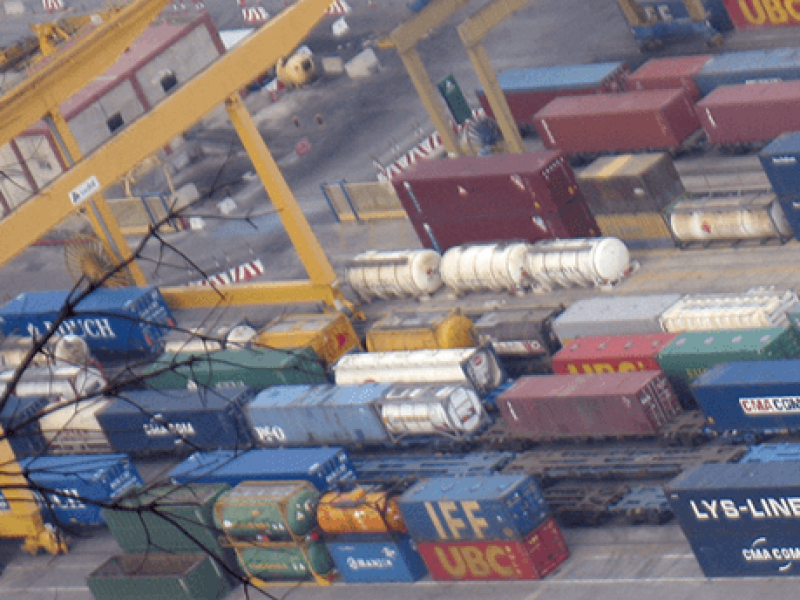
This Module forms part of a set of learning modules on the Arms Trade Treaty. It provides an overview of the rights, obligations, and suggested measures contained in various provisions of the Treaty that State Parties apply when importing conventional arms and related items covered by the Treaty.
Under Article 8 (Import) an importing State Party must take measures that will allow it to regulate, where necessary, imports under its jurisdiction of conventional arms. Moreover, under Article 6 (Prohibitions) each State Party must prohibit certain transfers, including certain imports. These measures are to be undertaken in concert with the exporting State, as required under Article 7 (Export and Export Assessment).
To access this module click here.
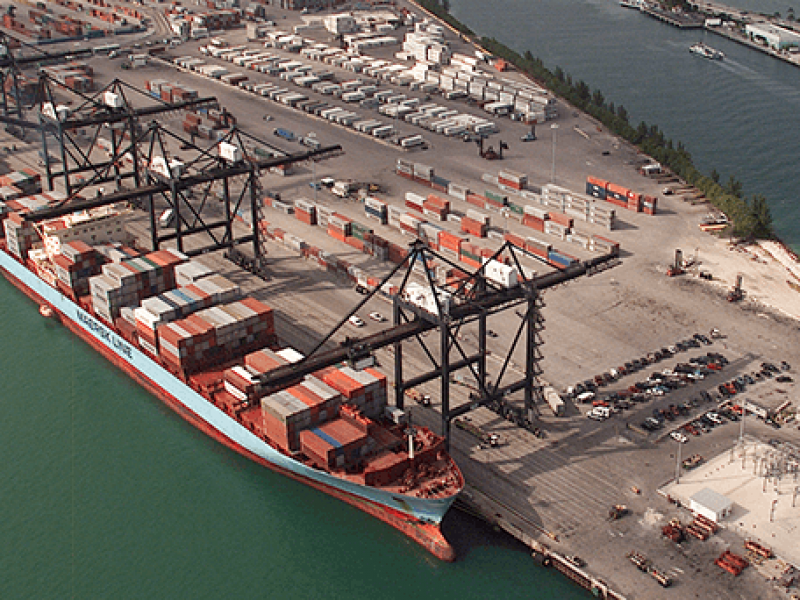
Under the Arms Trade Treaty the regulation of transit and the trans-shipment of conventional arms, as well as corresponding ammunition/munitions and parts and components, is a vital aspect of meeting the Object and Purpose of the Treaty.
In accordance with Article 9 State Parties must “take appropriate measures” to regulate the transit/trans-shipment of conventional arms through their territory “where necessary and feasible” and “in accordance with relevant international law.” States that allow goods to transit through their customs territory already take a number of measures to control and address potential problems associated with the movement of goods through their jurisdiction.
This Module therefore outlines ways that State Parties can interpret and implement Article 9 in accordance with their other overlapping obligations under the Treaty and with other relevant obligations in international agreements on transit and trans-shipment to which they are a party.
To access this module click here.
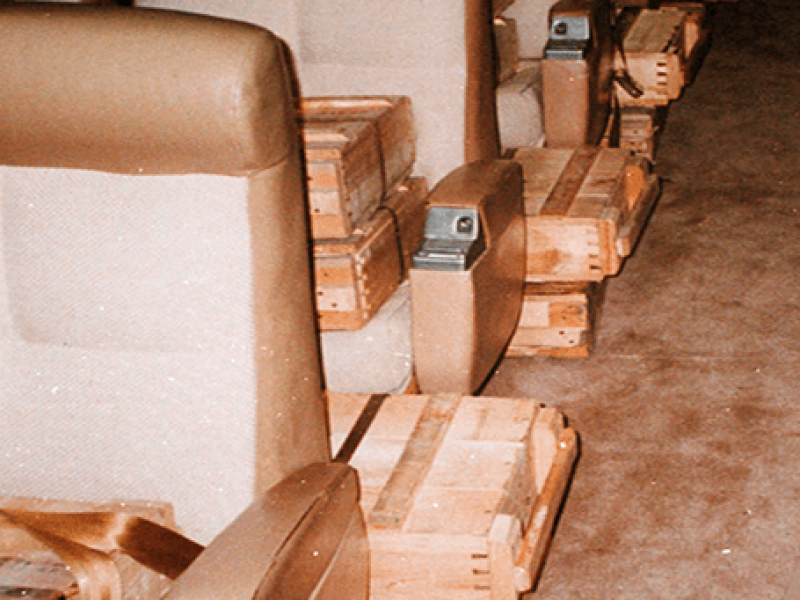
This Module provides an overview of the obligations and suggested measures that State Parties of the Arms Trade Treaty take to regulate the brokering of conventional arms and related items.
Arms brokering is not defined in the Treaty but is generally understood as being the mediation and negotiation of transactions between buyers and sellers of conventional arms and can include the arrangement of contracts or essential services to facilitate those transactions and the delivery of the arms. Arms brokers may also engage in ‘closely associated activities’ such as the buying and selling of arms, and the arrangement of shipping, finance and other services to complete a transfer of arms.
To access this module click here.
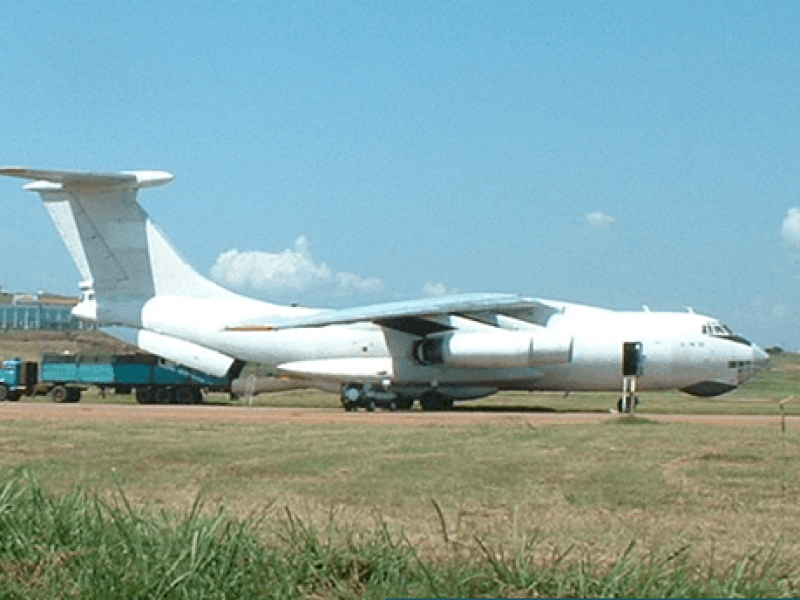
This Module explains what is meant by the diversion of conventional arms transfers and relates its key features to the main provisions of Article 11 of the Arms Trade Treaty as well as other relevant international standards designed to prevent the diversion of such arms. It outlines the Treaty obligations of States Parties to prevent and address such diversion, as well as anti-diversion measures suggested by the Treaty.
Under Article 11 all States Parties to the Treaty are required to take measures both to prevent and address the diversion of conventional arms if the State Party is involved in export import, transit, trans-shipment or brokering. States Parties should not only act on specific transfers but also implement international cooperation policies to prevent diversion.
To access this module click here.

This Module covers record keeping and reporting by States Parties to the Arms Trade Treaty. These activities are covered under Article 12 and Article 13 of the Treaty and are essential for the effective implementation of the Treaty by each State Party and for the international cooperation to achieve the Treaty object and purpose by all of the State Parties.
Using such data, each State Party is able to report to other States the exports and imports of conventional arms covered by the Treaty it has authorised or actually delivered or received over the previous year.
In this Module, both the mandatory requirements and the optional measures for record keeping and reporting under the Treaty are outlined.
To access this module click here.

To achieve its object and purpose, the Arms Trade Treaty requires each State Party to establish an effective and transparent control system to regulate transfers at the national level in compliance with specific rules set out in the Treaty, and to cooperate and if possible provide international assistance in defined ways with other States Parties.
This Module concerns Articles 5 (on General Implementation), 14 (on Enforcement), 15 (on International Cooperation) and 16 (on International Assistance).
To access this module click here.
Module 2 – Champ d’application du traité: armes et matériels connexes
Module 3 – Eventail d’activités menées dans le cadre du commerce international des armes
Module 4 – Transferts interdits: mettre en oeuvre les obligations découlant des traités
Module 5 – Transferts interdits: prévenir les crimes internationaux
Module 6 – Critères relatifs aux risques liés à l’exportation
Module 7 – Prise de décisions en matière d’exportations: évaluation des “risques prépondérants”
Module 12 – Etablissement de rapports au niveau national et conservation des données
- Module 13 – Régimes nationaux de contrôle, exécution du traité et coopération internationale
Modulo 2 – Ambito de aplicacion de las armes y otro material
Modulo 3 – Ambito de aplicación de las actividades del comercio de armas
Modulo 5 – Transferencias prohibidas: La prevención de los crimines internacionales
Modulo 6 – Criterios relativos a los riesgos de la exportación
Modulo 7 – La toma de decisiones en materia de exportaciones y el riesgo preponderante
Modulo 9 – Modulo sobre la Régulacion del transito y el transbordo
Modulo 13 – Sistemas nacionales de control, ejecución y cooperación internacional

